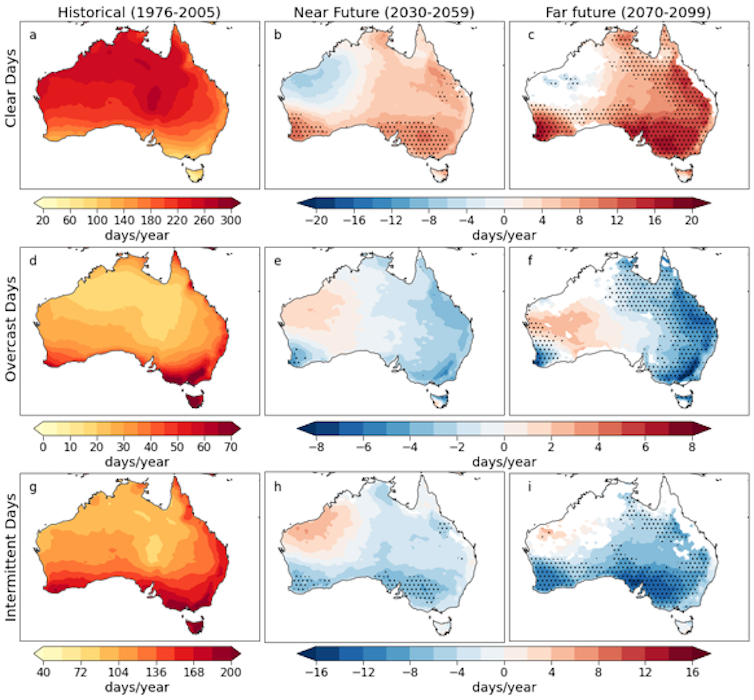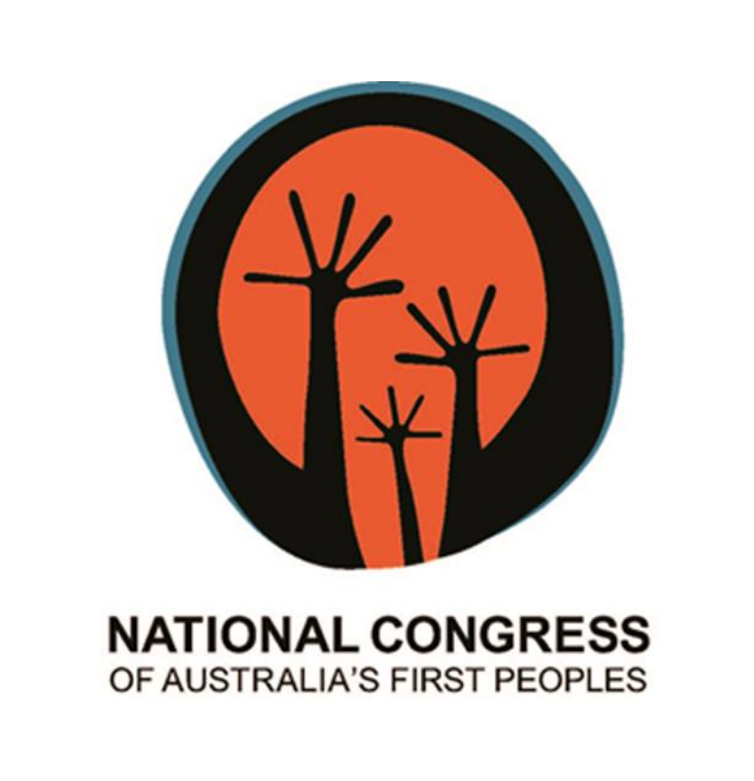Press play to listen to this article
Voiced by artificial intelligence.
By GEOFFREY SMITH
with JOHANNA TREECK, CARLO BOFFA, BEN MUNSTER and IZABELLA KAMINSKA
— The ECB promised more rate hikes to come after revising its inflation forecasts higher.
— BoE deputy governor Jon Cunliffe told POLITICO the Bank’s joint digital pound consultation with the Treasury has attracted 50,000 responses so far.
— Strong U.S. retail sales data for May dispelled remaining doubts about another Fed rate hike in July.
ECB 3.50% ⇡ — BOE 4.5% ⇡ — FED 5.25% ⇡— SNB 1.5% ⇡— BOJ -0.10% ⇣— RBA 4.10% ⇡— PBOC 3.65%⇣— CBR 7.5% ⇣ — BOC 4.75 ⇡— SARB 8.25% ⇡
Good morning, everyone, and a happy Friday to you all. European Central Bank President Christine Lagarde cut a strangely nervous figure at the start of her press conference on Thursday, as if (and we admit that this is just an impression) she wasn’t all that confident about the message she was about to deliver.
You could certainly make a case explaining why that should be. The ECB’s new growth forecasts — 0.9 percent this year, and an above-potential 1.5-1.6 percent in the two following years — look ambitious in the light of the challenges currently facing the eurozone economy, what with its worsening demographics and the ever more real threat of a trade war with China. Ex-ECB Veep Vitor Manuel Constancio said they were “optimistic” and “ignore a future recession that helps tame inflation.”
More than once in the past (not least under Constancio himself), the ECB has given the impression of letting its desired policy drive its forecasts, rather than the other way around. Time and again in the latter Draghi years, forecasts of inflation nearly at 2 percent were used to support the argument that ‘everything will be alright if we just keep printing.’ Yesterday was another of those moments, albeit a mirror image of the Draghi era. A whiff of over-compensation for past omissions was hard to ignore.
And yet, as ING’s Carsten Brzeski points out below, the bank has little choice. The outlook is uncertain, the risk of erring one way or the other is unusually high, and the bank simply cannot afford a repeat of 2021. Which makes Lagarde’s hawkish talk all the more credible, if not for the best of reasons. Her guidance moved quite a few analysts to raise their estimates of the ECB’s peak rate in the current cycle. BNP Paribas now sees the discount rate, at 3.5 percent as of today, now reaching 4 percent, while Deutsche Bank considers that level “distinctly possible”. Such considerations drove the euro over 1 percent higher on Thursday.
Send tips to [email protected], [email protected], [email protected], [email protected]. Tweet us, too: @Geoffreytsmith, @JohannaTreeck, @Ben_Munster, @izakaminska
— Bank of France Governor Villeroy de Galhau to speak, 2 p.m.
— The Bank of Japan’s policy meeting … is, er, not as hawkish at the ECB’s.
— US RRPs fall back below $2 trillion as the Treasury’s borrowing cranks up.
Bank of France Governor François Villeroy de Galhau speaks at 2 p.m., in what will be a key test of the breadth of support for Lagarde’s message. He’s unlikely to undermine his boss, but a local audience might demand a bit more sensitivity to the risk of over-tightening.
The Bank of Japan completes the round of G3 policy meetings at 5 a.m. CET, when any sensible reader will with 98 percent certainty be asleep (our model incorporates a 2 percent tail risk for “coming home after a wild post-policy-meeting bender”). However, if you’re reading this now, you still have time to get breakfast before tuning in to the press conference of Governor Kazoo UEFA (as my spellchecker insists on calling Kazuo Ueda). He’s likely to want compelling evidence for any departure from current policy and, unlike the ECB and Fed, he won’t be updating his forecasts until July.
The U.S. money market continues its slow return to normality, with money flowing out of the Federal Reserve’s reverse repo (RRP) facility and into Nvidia stock Treasury bonds and bills, as the government rebuilds its cash balances. RRPs fell below $2 trillion for the first time since June last year.
A 22-YEAR HIGH (KINDA): The ECB’s actions on Thursday brought the marginal lending facility to 4.25 percent, the main refinancing rate to 4.0 percent and the deposit rate to 3.5 percent. The last of these represents a 22-year high, although market rates are some way short of that, given the persistent overhang of liquidity since 2009. The benchmark €STR rate continues to trade some 0.10 percentage points below the deposit rate, whereas before the Global Financial Crisis, short-term money market rates were kept in a corridor between the discount and marginal lending rates.
The long and winding road: The ECB is supposed to be working on an overhaul of its operational framework that may (or may not) revive the corridor system of rates, which depends on the ECB creating a deliberate scarcity of reserves. Reuters reported that the governing council hadn’t done much more than scratch the surface with that discussion at yesterday’s meeting, being more preoccupied with delivering a clear message on fundamental developments.
**TICKER NOTICE** Given that the return to the corridor system is still a ways off, we’ve decided to post the ECB’s discount rate in the daily policy ticker from now on, but the eagle-eyed among you won’t have needed that pointing out …
DIGITAL £ DEVELOPMENTS: The BoE’s deputy governor for financial stability, Jon Cunliffe spoke with Izzy at POLITICO’s first ever global tech day on Thursday. She asked him if he still rates the chances of a digital pound being adopted in the U.K. at seven out of 10, and he stuck tight to the prediction. But, he noted, it won’t be until mid-decade until there’s any chance of implementation.
Cash usage is dying: When asked what problem a digital pound is solving, Cunliffe said cash usage in the U.K. is declining as people embrace the convenience of digital transactions meaning people will need a digital version of cash to ensure they don’t end up trapped in the “walled-gardens” of private-sector providers who profiteer from people’s data.
But what about privacy from the state? Payments made by a digital version of the U.K. pound will be private but with certain conditions, Cunliffe said. That’s because “complete anonymity has with it the potential for social harms, tax evasions, crime, terrorist financing.” He reassured, however, that the Bank would not see any individual identifiable customer data. “But the wallet … it would store all that information in the way that banks store it now and that would be available to for example law enforcement under certain circumstances.”
Consultation update: Cunliffe said over 50,000 people have taken the time to submit responses to the Bank’s joint consultation with the U.K. Treasury. To compare, the BoE’s RTGS renewal program attracted a paltry 34 responses. And while Cunliffe himself hasn’t yet had time to take a look at all of the submissions [and by our calculation it would take at least one year of non-stop reading time to get through them all], he is expecting plenty of views on safeguarding payment privacy, amid concerns that a digital pound could lead to government snooping.
“The shape of things to come” was the name of the speech Cunliffe gave in April mapping out his vision for the future of payments. What the audience learned on Thursday, however, was that the title was not inspired by HG Wells, whose book of the same name in 1933 predicted that in the future “we register a man’s earnings and spending as we register births and deaths. Our money is fundamentally a check on these publicly-kept private accounts.”
ENERGY PRICE WATCH: Just when they thought it was all over for energy inputs into inflation, natural gas prices at the Dutch TTF hub spiked over 16 per cent on Wednesday. due to unexpected outages from Norwegian gas fields (albeit from a very low base). Then on Thursday, the Dutch government officials added insult to injury by confirming to Bloomberg they would be shutting down the country’s Groningen gas field, the largest in Europe, on Oct 1, almost a year early. TTF prices touched nearly €50 a megawatt-hour — more than double last week’s low — before retreating to close only 2.6 percent higher on the day at €39.06/MWh.
WHEEZY DRAGON: China’s economic rebound underwhelmed again in May. Growth in fixed asset investment, which incorporates the struggling real estate sector, slowed to its weakest in over two years at only 4.0 percent, while industrial output growth slowed to 3.5 percent and retail sales, while up 12.7 percent, were weaker than expected and were flattered by a low base due to last year’s lockdowns in Shanghai. The youth unemployment rate rose again, to a new record of 20.8 percent.
Easing by a thousand cuts: The People’s Bank of China responded by slicing 10 basis points off another of its suite of reference rates, this time the one-year loan rate, bringing it to 2.65 percent. It also injected a net 200 billion yuan through its regular one-year open market operation.
FEISTY EAGLE: By contrast, U.S. retail sales for May were clearly above expectations, with the consumer resolutely refusing to accept that a recession is on the way. Sales rose 0.3 percent, instead of the -0.1 percent drop expected. It wasn’t just the consumer that was stronger than expected either: the Philadelphia Federal Reserve’s monthly business conditions index surged to a 16-month high. But the picture of strength wasn’t complete: jobless claims on a four-week rolling average hit their highest in 10 months. Manufacturing eked out a 0.1 percent gain on the month.
“We don’t have to ask ourselves whether we are at [the] neutral rate or not. We have ground to cover,”said European Central Bank President Christine Lagarde at her press conference on Thursday.
“The Bank wants and has to be sure that it has slain the inflation dragon before considering a policy change. This is why they are putting more than usual emphasis on actual inflation developments … We think it would require an economic earthquake for the European Central Bank not to hike in September as well,” ING analyst Carsten Brzeski, wrote in a note to clients after the ECB meeting.
“Some of you might remember the advertising slogan once used by a credit card provider here in Germany, which read ‘Simply pay with your good name
‘. But perhaps you would rather keep your name for yourself and not leave behind a trail of digital information,” said Bundesbank President Joachim Nagel, extolling the virtues of cash at a symposium in Berlin on Thursday.
— HSBC pushes up mortgage rates twice in one week (The Times)
— For or against? Is GDP obsolete? (Discussion between Charles Wyplosz and Florence Jany-Catrice in La Tribune, translated from the original French)
— Fed, SEC Probing Goldman Sachs’s Role in SVB’s Final Days (WSJ)
Mark your calendars: Our weekly Central Banker calendar lands in your inbox on Thursday. You can also go online to export and plan your week or suggest your own event.
Editor’s note: This is intended as a selective list, giving precedence to European events.
Bank of Japan interest rate decisions, 5 a.m.
Bank of Japan press conference, 8:30 a.m.
Bundesbank’s Nagel speaks, 9 a.m.
Eurozone May final CPI, 11 a.m.
Fed’s Waller speaks, 1:45 p.m.
ECB VP de Guindos attends ECOFIN meeting in Luxembourg, 12:40 p.m.
All time CET unless otherwise specified.




